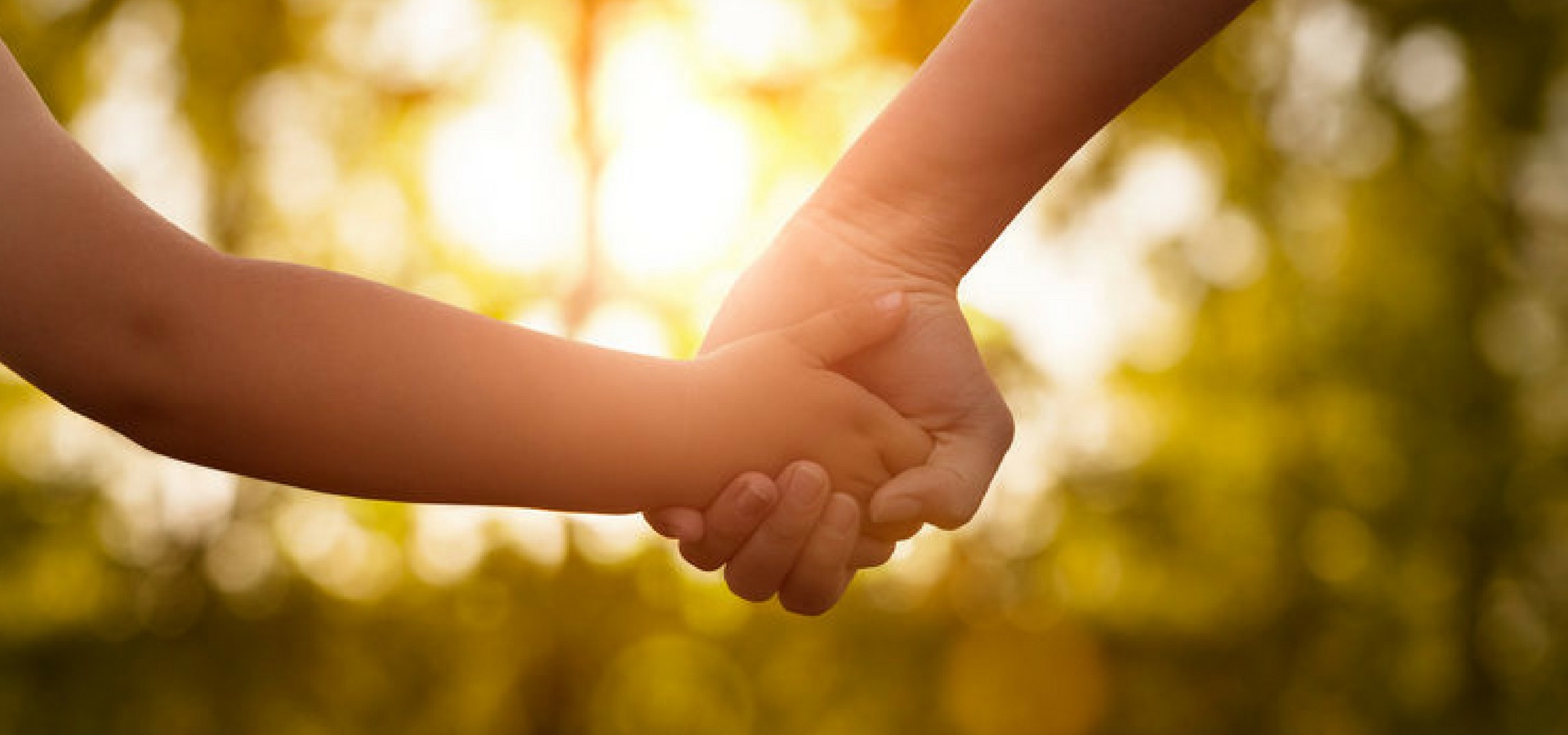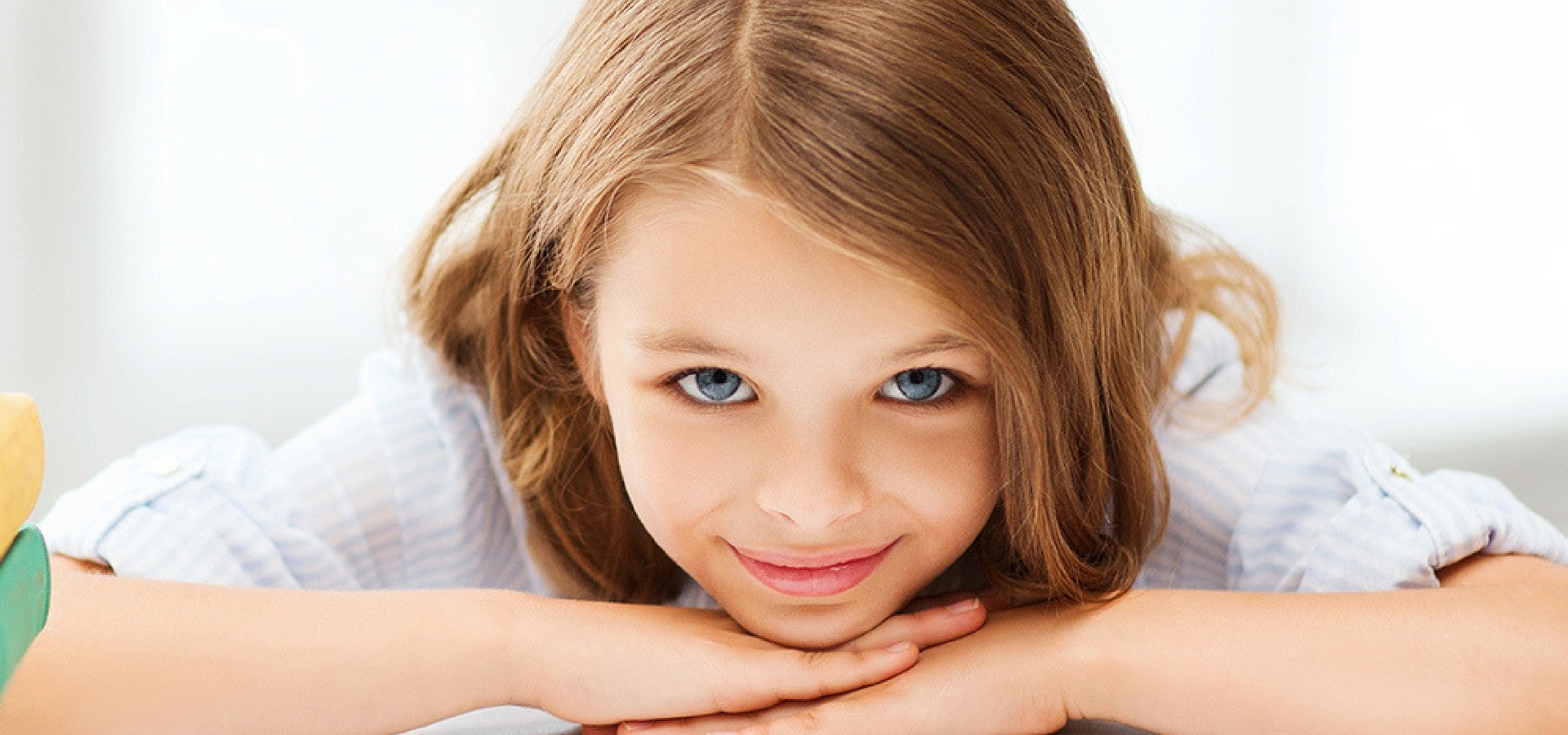Puberty follows a reasonably consistent sequence in girls. At a quick glance, this is what you can expect: first the development of the breast buds, which occur any time between the ages of 7 and 13, followed by the appearance of coarse, dark woollies under the arms and around the genitalia. About 15% of girls develop the other way around: first the pubic hair and then the bee-stings. The first menstrual cycle can be expected, on average, around 2 to 2½ years after the onset of breast development. Although 12.6 years is the average for a first menstrual period to commence, anything from age 9 to 15 is considered standard. Generally, women get their period every 28 days, but an interval of 21 days up to 40 days is also viewed as normal.
One telltale sign that your girl is about to have her first period is a whitish, odourless vaginal discharge. This secretion is called leucorrhea and is a normal indicator that hormonal taking place. Leucorrhea is part of the vagina’s natural defense mechanism to maintain a healthy chemical balance, and it also preserves vaginal tissue flexibility.
The first day of red or brownish spotting is to be remembered for a very long time. This is an exciting time, but sadly it is often clouded by fear, secrecy and embarrassment. Open and positive communication between mothers and daughters is of paramount importance during this time as the messages received from Mom will play the biggest role in our daughters’ first-time experience and overall view of becoming a woman. Expressions such as ‘the curse’, ‘on the rag’, or ‘the red plague’ are bound to instil fear, disgust and negativity.
In too many cases mothers fail to talk to their daughters and neglect to offer the emotional support with regard to changing relationships with parents, siblings and friends. Secrecy around carrying, storing, using and discarding menstrual products is also often implied. Only 15% of young ladies report a positive first-time experience; 68% have no awareness of their mother’s experience with menstruation, and 64% receive negative messages from their mothers. As our girls move toward this rite of passage, it provides us with an ideal platform to strengthen the special mother-daughter bond.
Menarche (first menstrual period) celebrations around the world confirm the importance of this huge step into womanhood. In Australia, an Aborigine girl is instructed in ‘love magic’, and taught the female powers of being a woman. In Japan the entire family celebrates a girl’s first period by eating red-coloured rice and beans. In rural India the girl is given a ceremonial bath, adorned with ornate jewels and garments, and the girl’s kith and kin are invited for a ceremony during which it is announced that the girl has come of age. In Kumari, Nepal, the young girls are worshipped as goddesses, and Nootka Indians believe menarche to be a time to test a girl’s physical strength and endurance: she is taken out to sea and left alone in the water. The girl has to swim back and is cheered upon returning to the shore of the village.
Don’t you think that it is a brilliant idea to do something really special too for our girls as they join us and share the solidarity amongst women? Be it a private diary to record her experiences as a woman; a special calendar to mark the frequency of her menstrual cycle; pierced ears or a first leg-shave; a new nightie, or a shared outing – let the prospect of her first period be something wondrous and exciting for her to anticipate. Talk to her and explain what is about to happen, and let her be equipped by preparing a special toiletry bag for school: pack an extra panty, a pad or two, and surprise her with a small ’welcome-to-womanhood’ gift. Good luck!
- Children and Sexual Curiosity - March 28, 2017
- Private parts: Are we raising proud or shameful children? - March 9, 2017
- Ready for your girls’ first period? - March 2, 2017





